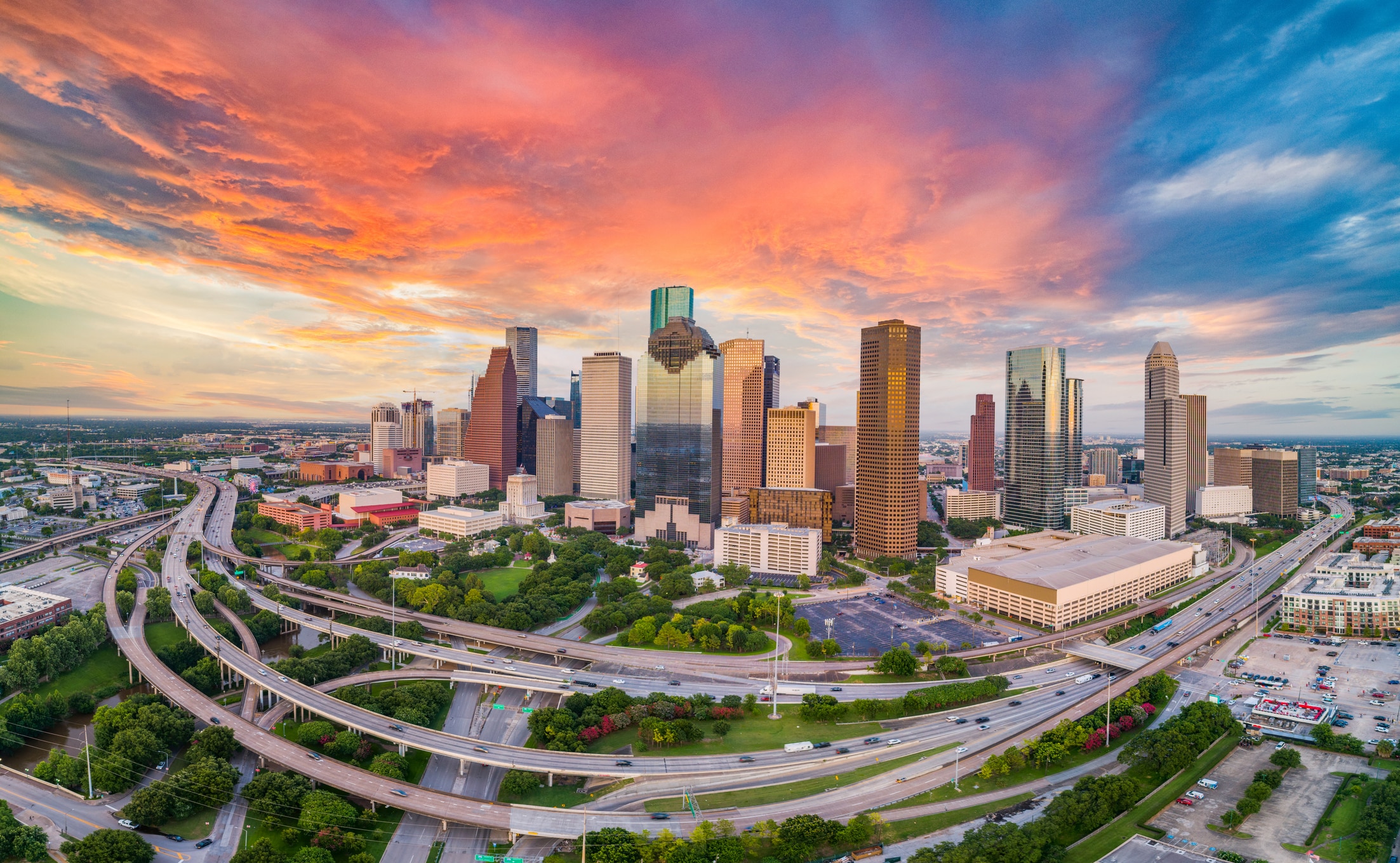(Updated October 16, 2024)
When you think of Texas, you might think of cowboys, cacti, and wide open spaces. And that makes sense, because the Lone Star State has plenty of all three.
But do you also think of a booming tech sector fueling one of the most significant population shifts in the country? What about opulent beachfront homes perched on the white sands of the Gulf of Mexico? How about some of the most affordable cities in the country? How about brisket and football?
Regardless of what you’re looking for, you can probably find it in Texas. Before you saddle up and head west, though, you’ll need to do your research.
We interviewed some recent arrivals to find out what they wish they’d known before moving to Texas, and used their answers to put together this guide. We’ll give you an overview of what you can expect, including details about the state’s job market, real estate prices, and quality of life. Read on to find out whether Texas may be the right choice for you.
Why Are People Moving to Texas?
Texas is an enormous state, and that’s a good thing, because over 9 million people moved there between 2000 and 2022. (Luckily it’s not full yet). But this mind-blowing number raises the question: Why is everyone moving to Texas?
For many, the answer comes down to one word: affordability. And Texas is generally more affordable than many other states. But it’s not all good news, so below we’ll cover some of the pros and cons of moving to Texas, beginning with the economics.
Pros:
The average cost of living is low in Texas. Even in major cities like San Antonio, living costs overall are 9 percent lower than the national average, and housing costs are more than 20 percent lower
The lack of a state income tax means residents keep more income per check than other states. And who wouldn’t like a fatter paycheck?
The job market in Texas has been booming. Cities like Dallas and Austin have become hubs for tech employment, and the longstanding energy sector continues to grow. As of September 2024, the unemployment rate in Texas is 4.1 percent, slightly under the national average of 4.2 percent.
Like we said, there are both pros and cons to moving to Texas, so let’s talk about some drawbacks as well.
Cons:
High property taxes exist in certain areas, offsetting some of the benefits of the lack of an income tax. In fact, Texas has among the highest property tax rates in the country, something lawmakers are trying to address.
Competition in the housing market can be fierce, due in part to the flood of new residents moving to Texas. More than 11 percent of houses sold in 2024 closed above the listing price.
Texas has relatively little public transportation, which limits mobility in urban areas and increases the number of cars on the road.
Frequently Asked Questions About Moving to Texas
What salary do you need to live in Texas?
According to one estimate, a single person can comfortably live in many Texas cities on an annual salary of $75,000, while a family of four requires $175,000 per year.
In addition, Houston, El Paso, Lubbock, and Laredo were among the top five most affordable cities in 2023.
How easy is it to find a job in Texas?
It’s a bit easier to find work in Texas than elsewhere. The unemployment rate is slightly lower than the national average, and many tech, manufacturing, and farm equipment enterprises call Texas home.
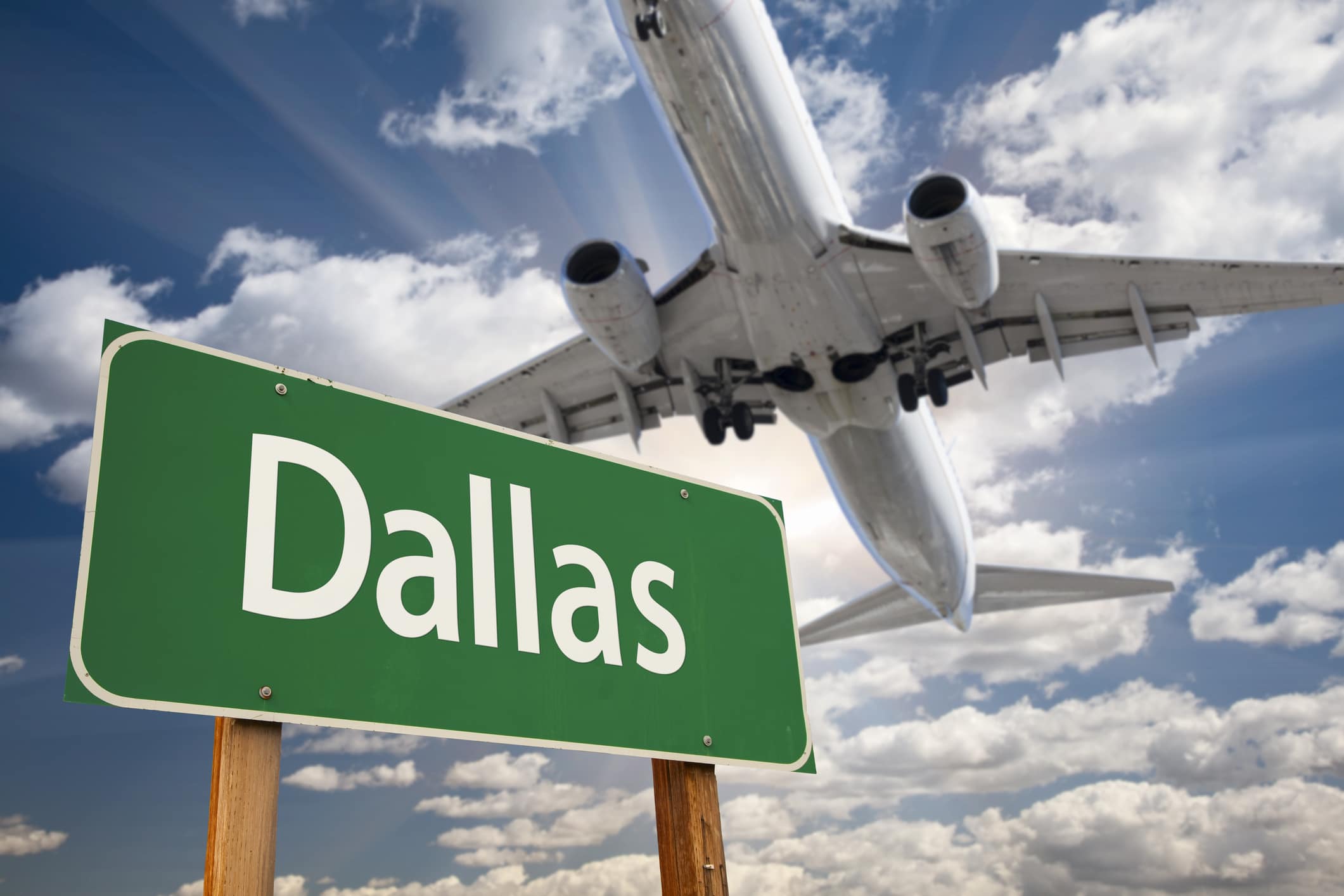
8 Things I Wish I Knew Before Moving to Texas
Now that we’ve explored why people are moving to Texas, are you ready to wear your ten-gallon hat and become a true-blue Texan? Here’s some of the vital info you should know, according to folks who recently made the move.
1) Want to travel? Hope you like driving
As the second biggest state in the country, Texas is a traveler’s paradise … if you like stretches of long and lonesome highway. Dallas, for example, is only 30 minutes from Fort Worth, but roughly three full hours from “nearby” Houston, Austin, or San Antonio. Better stock up on podcasts!
Adding to the challenges of travel in the state is that Central and West Texas are incredibly sparsely populated, with long stretches of uninhabited space. These are the kinds of places where you’d better watch your gas gauge, because it can be 150 miles between fill-ups.
Finally, there are the toll roads. Texas doesn’t have the most toll roads in the country, but it has a lot. If you plan on taking in all that the state has to offer, you probably want to buy a toll tag.
2) Not two regions are alike
Because Texas is such a big state, it has several distinct regions, each with its own landscapes, cultural centers, and social norms.
- The Panhandle is a mostly agricultural area covering the northernmost portions of the state. The landscape there is characterized by flat prairie terrain and sprawling farmland. The largest city in this area is Amarillo, with a population of just over 200,000.
- West Texas is where you’ll find the classic desert landscapes many associate with the Southwest. The region’s largest city, El Paso, sits on the border with Mexico, and reflects generations of cultural exchange between the U.S. and its neighbor to the south.
- North Texas is actually not the northernmost area in the state — that would be the Panhandle. It’s situated slightly south and east of the Panhandle, made up primarily of the Dallas-Fort Worth Metro Area. You’ll find a more urban feel, a strong business community, and a booming tech sector there.
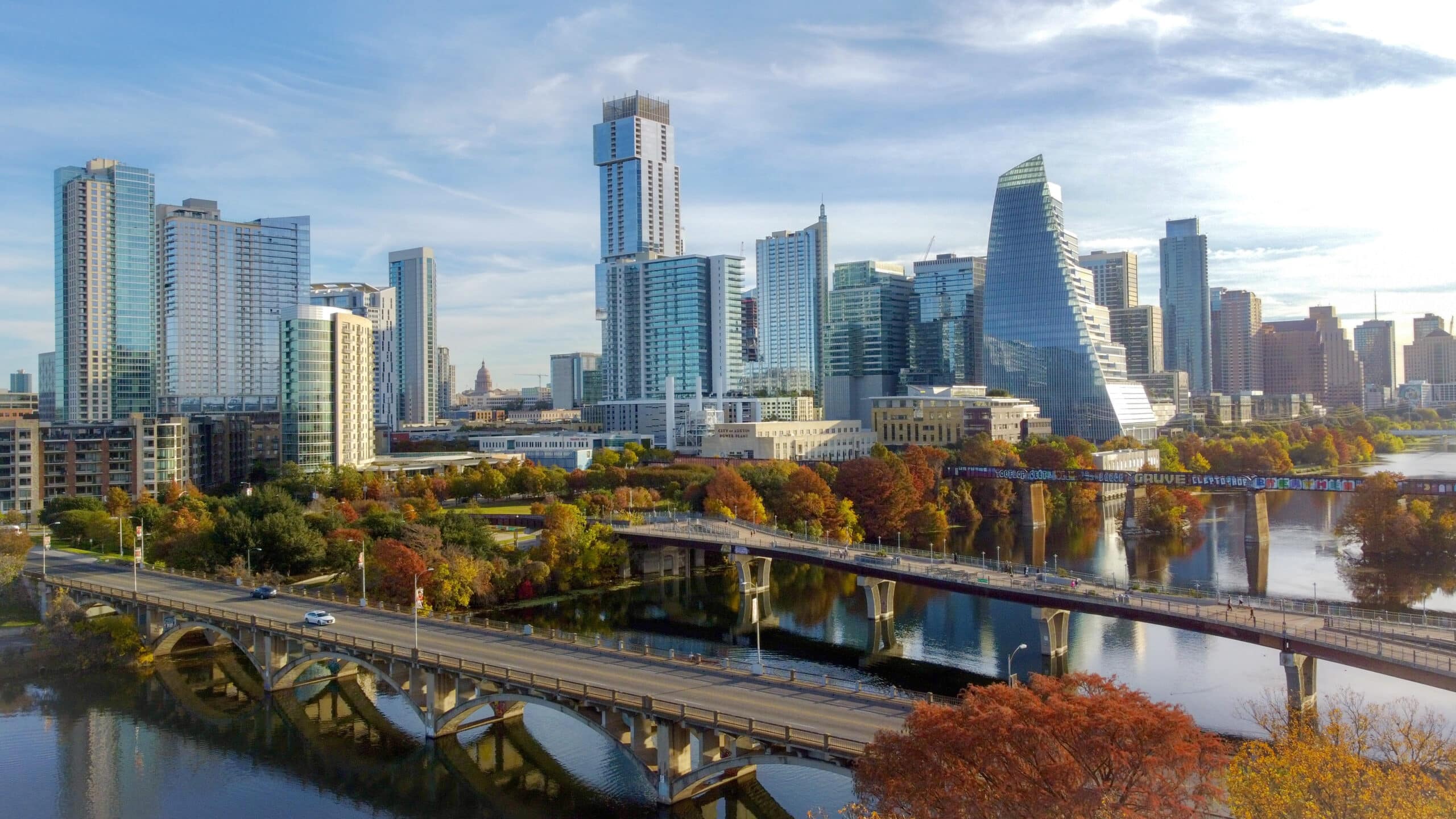
- Central Texas is located in the heart of the Lone Star State, and has some of the state's more temperate areas. You’ll find miles of lakes, gentle hills, and green landscapes, and its largest city, Austin, is a booming tech mecca.
- East Texas is known for its Pineywoods region, characterized by thick forests of — you guessed it — mostly pines and other conifers. Due to its proximity to Louisiana and Arkansas, the region has close ties with Southern heritage and a focus on traditional living. Its largest city is Tyler.
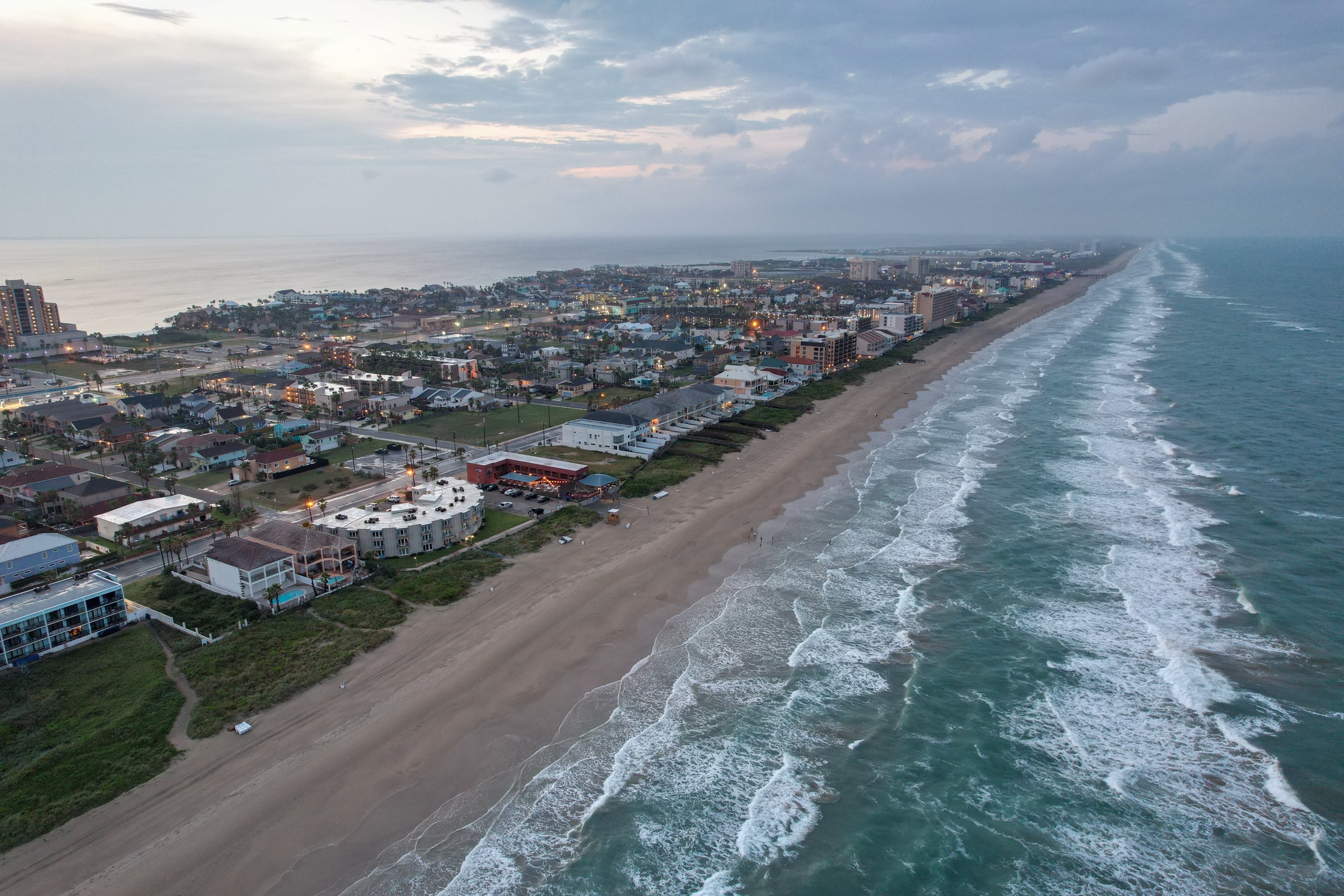
South Texas includes the borderlands running parallel to Mexico. The culture of this area, and that of the major urban center of San Antonio, is a melting pot of American and Mexican influences. It’s diverse and engaging and boasts historic attractions like the Alamo.
The Upper Gulf Coast hugs the Gulf of Mexico and sports some of the prettiest beaches in the American South. It’s also home to a growing energy sector that leads the nation in the production of crude oil and natural gas. This is unfortunately also the region of Texas most prone to hurricanes. Its largest city is Houston.
3) Beware of allergy season
Seasonal allergies are no fun, and some places in Texas are a snow globe of dust, pollen, and tree allergens. According to the Allergy and Asthma Foundation of America, Dallas was ranked second in the United States for the number and intensity of allergens. Five other Texas cities (Houston, McAllen, San Antonio, El Paso, and Austin) all ranked in the top 100.
4) Texas cities are some of the most affordable in the country
Even in larger cities, the cost of living is significantly lower in Texas than many other places — which may help explain the recent wave of new residents. Living in Houston, for example, is 44.63 percent less expensive than living in San Francisco and 17.57 percent less expensive than Chicago. Dallas is roughly 39 percent and 11 percent lower than those cities.
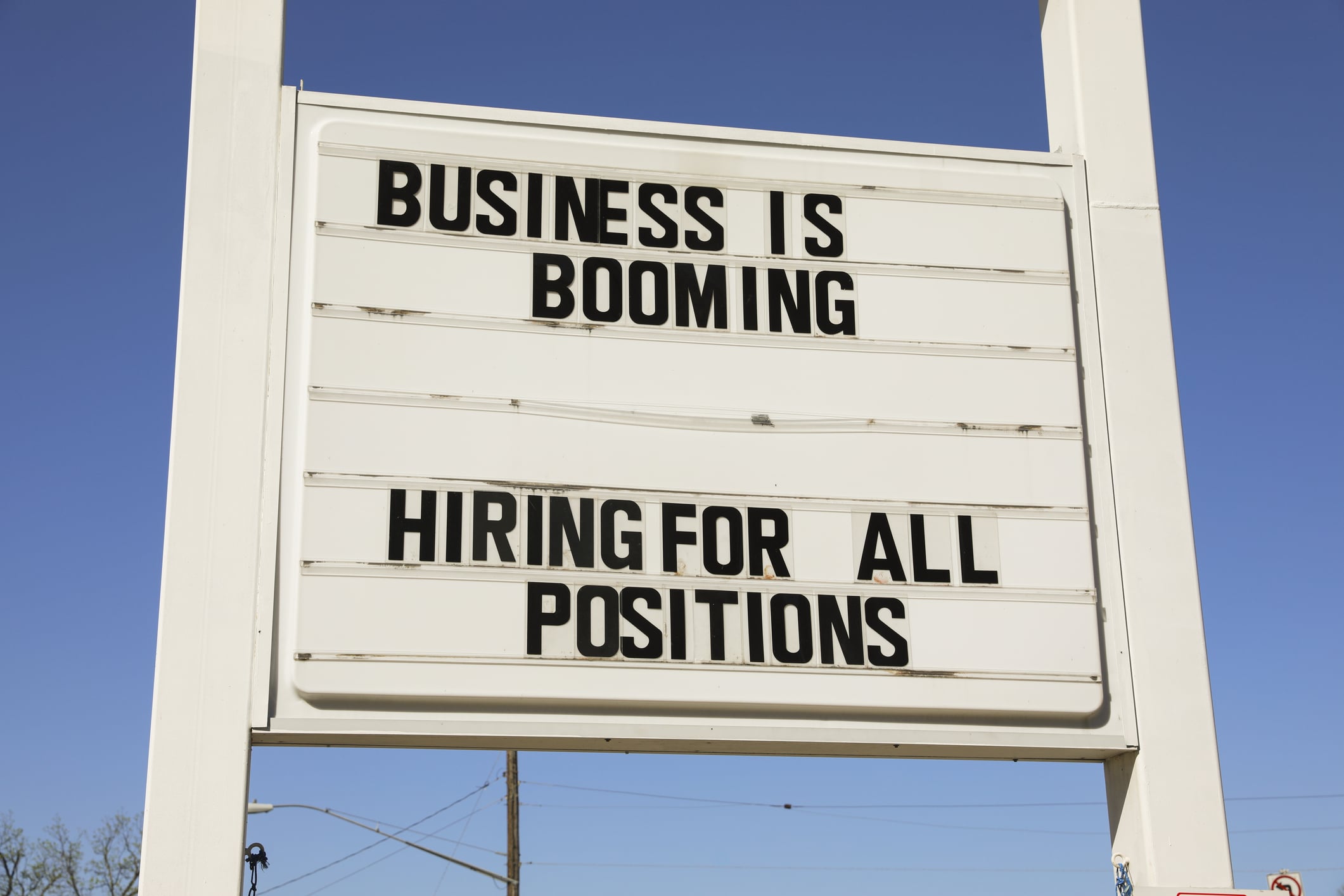
5) The Texas job market is one of the strongest in the nation
If you’re looking for a place to build a career, then chances are Texas is a good fit.
According to the Texas Workforce Commission, the total number of non-agricultural jobs grew by over 260,000 from January 2023 to January 2024. Some of the top growth industries in the state included Professional and Business Services, private education, health services, construction, energy production, and biotechnology.
Additionally, a study from CareerBuilder compiling average annual salaries included six Texas cities — Austin ($81,500), Houston ($78,000), Dallas ($76,000), Fort Worth ($66,000), San Antonio ($72,000), and El Paso ($67,000) — in its top 25.
That said, growth has slowed compared to the previous few years, which was expected given the massive migration of tech businesses to the area.
6) The Department of Public Safety and the Department of Motor Vehicles are not the same
If you’ve made an interstate move before, you’re probably familiar with the process for getting your new driver’s license. You go to the DMV, sit for an hour, and hope you have the right paperwork to get your ID the first time around.
Not in Texas.
The Department of Public Safety, an entirely separate entity, issues licenses in Texas. The DMV, however, handles other aspects of car ownership, including registration and vehicle inspection.
No matter where you’re getting it, you must register your new vehicle within the first 30 days of residence in the state.
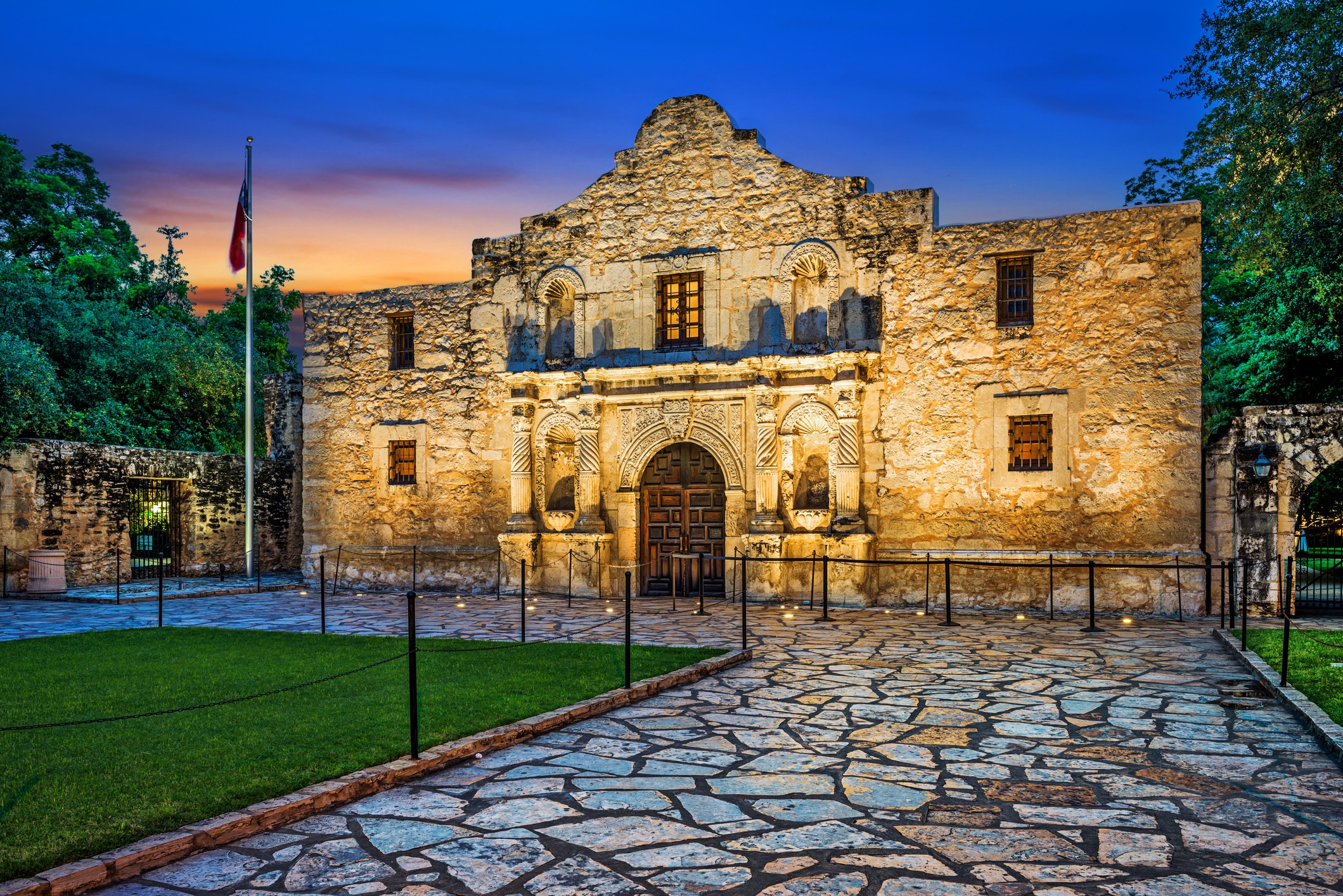
7) Texas is full of food, culture, and history
When in Texas, you can do as the Texans do and enjoy a rich tapestry of cultural landmarks, historical sites, and a solid cultural presence influenced by its proximity to Mexico.
A must-see historical landmark is the Alamo in San Antonio. The location of a brave last stand, the mission now serves as a museum of the War of Texas Independence.
History buffs should also see the Sixth Floor Museum at Dealey Plaza in Dallas, a museum dedicated to the life and assassination of John F. Kennedy.
Travelers in West Texas can camp in Big Bend National Park, taking in some of the most pristine natural landscapes and the darkest night skies in the United States — perfect for stargazing.
For authentic Mexican and Tex-Mex food, try Mi Tierra Cafe y Panaderia in San Antonio, Xochi in Houston, or one of Torchy’s Tacos throughout the state.
8) Brush up on your Spanish
Very few areas in Texas haven’t been influenced by Mexican culture — Texas was once part of Mexico, after all — and Spanish is widely spoken across the state. While there are no places where you must learn Spanish to get by, understanding some Spanish could be very handy. It’s also fun to learn, and allows you to immerse yourself in the local culture more fully.

The Bottom Line: Is It Worth Relocating to Texas?
The short answer is that it depends on what you’re looking for.
Those looking to ride the strong Texas job market and rising property values will find a good home, especially in urban areas like Houston.
Likewise, those looking for a low cost of living and stretching their dollar will find that, by moving to Texas, they can keep and spend more of their money.
Texas Is a Big State with Big Potential for Your Next Move
Texas has a rich, diverse history and a forward-looking economy — a perfect combination for those who want to put down roots in a unique new home. For those who might not enjoy long car rides or unpredictable weather, Texas might prove more of a challenge. But it will also be an exciting journey with nearly limitless ways to enjoy the local culture and history.
When you’re ready to kickstart your moving journey, work with Colonial Van Lines. Let the experts handle the logistics, packing, loading, and driving, so you can focus on your new life in Texas.
Want to learn how Colonial Van Lines can safely and securely transport you to your new Texas home? Get a free quote today.

